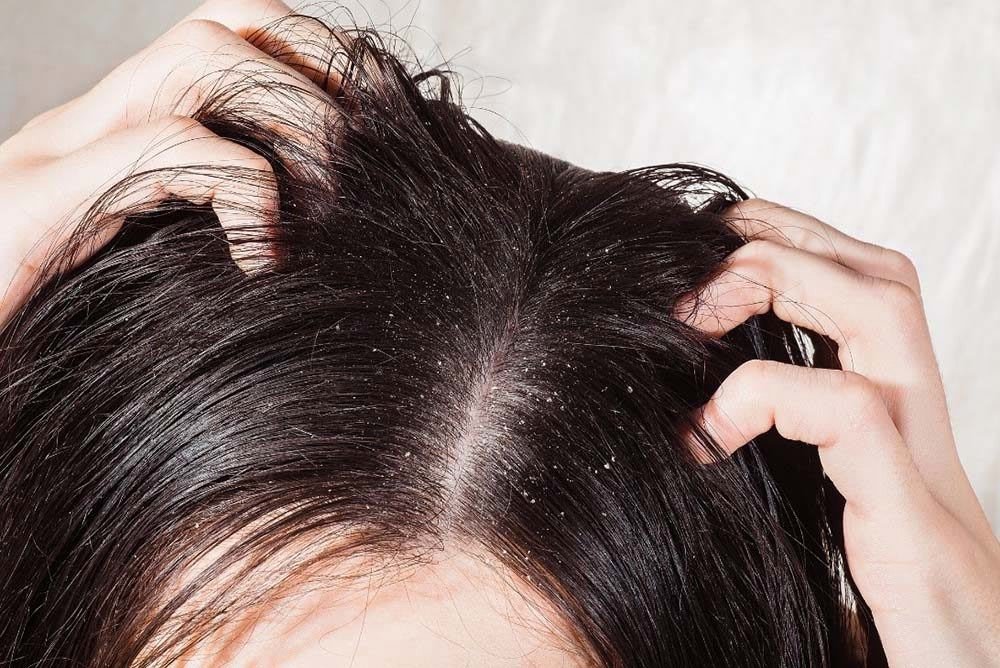Dandruff is a term that we’ve all heard but don’t really know much about. We sense that it has something to do with those dusty white flakes that are found on the shoulder, but we don’t really know what it is. Is it some disease? Is it dryness? What is it?
Those flakes you’re seeing are dead skin cells which had built-up on the scalp and are starting to fall down. This is what most people know as hair dandruff, something that doesn’t apparently affect everyone. That’s why when people see this on their clothes, they lather on some dandruff treatment at home recommended by their mothers and pray that it goes away.
And often these dandruff home remedies can help you get rid of your troubles, but if you use the wrong treatment for the wrong types of dandruff, it can end up making your condition much worse. So before you rush in, it’s important that you take a moment to recognise the different types of dandruff.
Here are a few types of dandruff in hair:
- Oily dandruff – There are numerous sebaceous glands hidden under your skin, which are supposed to produce and secrete protective oils. The highest density of these glands is on your scalp and face, which is also where you find higher chances of developing dandruff. If there is abnormal production of oil from these glands, it can cause the dead skin cells to clump together and act as an irritant on the scalp. They can also attract germs and bacteria, which can further worsen any redness or itching. Regular washing with good shampoos can help control your oil levels.
- Fungal dandruff – This is one of the most common types of dandruff and can affect almost 1 in 2 people across the world. There are naturally occurring fungi on your scalp, such as Malassezia Globosa, which love an excessively oily scalp. These types of fungus can break down the oil into fatty acids like oleic acid, which can act as an irritant for some people. It triggers a build-up of dead skin cells on the scalp, alongside itching and redness. This is the most prevalent answer to the question of what is dandruff. You need to use products like Head & Shoulders Neem to help protect you from dandruff, germs and bacteria.
- Dry dandruff – This isn’t necessarily ‘dandruff’ but is associated with heavy flaking of dead skin cells. Weather changes, allergic reactions, or even stress, can lead to a disruption in oil secretion on your scalp. This can reduce the amount of sebum or oil that is coating your scalp and hair, thereby making you vulnerable to the external elements. Infections and inflammation are quite common, with an accumulation of dead skin cells that start to shed. These are usually smaller and white in colour, as compared to oily dandruff. It’s important to moisturise your head, by using products that combine shampoos and conditioners like the Head & Shoulders 2 in 1 Smooth and Silky. This can protect your scalp while moisturising your dry hair strands.
‘What is dandruff?’ is a commonly asked question, one with many answers that can even include skin ailments like Scalp Psoriasis or Eczema. Understanding the difference might just help you find the treatment that is right for your woes.

